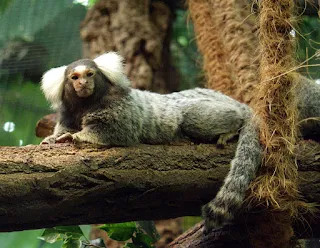Like so many of us today, I have a "fight" with depression. We've all had those terrible experiences in our lives which have affected us for the rest of our lives. But rather than dwell on the negative, I want to dwell on the POSITIVE !
One thing that has (and still does) really help me is looking at the beautiful pictures of this planet we live on. The Earth has everything we need to help us and heal us.
And it costs nothing to open a book and look at the beautiful and Peaceful pictures of our home.





















